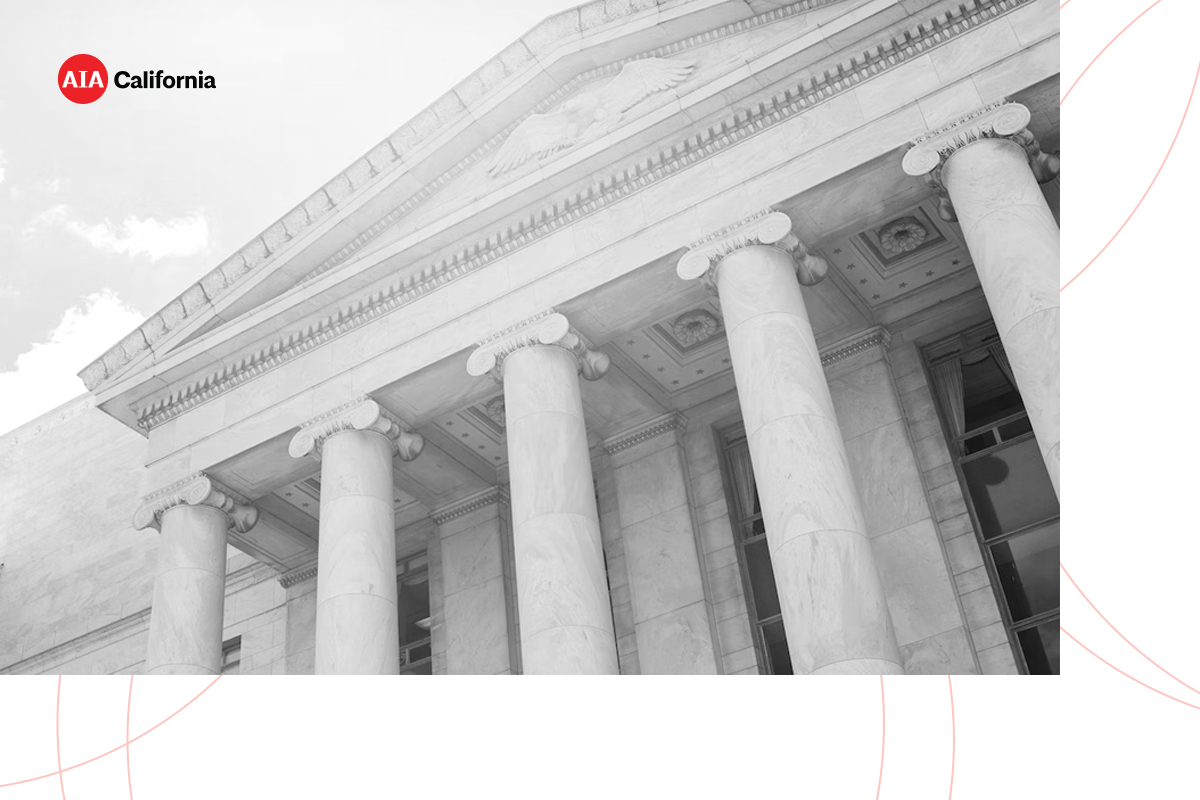
The 2022 Election proved to be a unique election, both on the National scene and in California. California has proven to be quite the decision maker when it comes to House races, with a few races still yet to be called. These close elections have also spilled over into races on the state level, with many State Senate and Assembly races still too close to call as well. However, one thing is for certain, the 2023-2024 legislative cycle will be one that includes a lot of change.
Due to redistricting and what has been deemed the “great resignation,” the California Legislature is guaranteed to have nearly 1/3 of the state being represented by new members at the least. This is due to the fact that there were 27 Assembly seats and 10 Senate seats without an incumbent running this election cycle. This is on top of the new legislators that came on board during the last two-year cycle through special elections due to a lengthy number of resignations and seats being vacated. Much of this can be contributed to the redistricting process which found many members being drawn into the same district, being drawn out of their district, or being drawn into a much more competitive district.
The political makeup of the legislature is not expected to change too much, with current projections having the Democrats with about 61-63 seats in the Assembly and about 32 seats in the Senate. These numbers could fluctuate by one or 2 depending on final tabulations. With such a large caucus, the moderate Democrats who won close elections will be deciding factors on a lot of big issues.
To further the spirit of change, a month’s long battle for the Speakership of the California State Assembly seems to have come to a head with an agreement after a 6-hour caucus meeting earlier this month. This is following Assemblyman Robert Rivas (D – Hollister) first challenging current Speaker Anthony Rendon’s (D – Lakewood) speakership in late May after announcing that he had enough votes to become speaker, which set off a five-month battle behind closed doors. The agreement reached following the election is for Speaker Rendon to be reelected to serve until June 30th, which is the end of the state budget process, at which point Assemblyman Robert Rivas will take the reins.
This is significant, as there is no more powerful elected statewide position outside of the Governor. The Speaker, along with the Senate Pro Tem Toni Atkins (D – San Diego), have extraordinary power over the budget process and how much gets spent and on what. They also set the agenda for policy priorities and can determine the fate of legislation. In addition, the speaker fills many seats on state boards and is a University of California regent.
Assemblyman Robert Rivas’ background varies from many past Speakers. He was raised in San Benito County by a single mother and Mexican immigrant grandparents in farm worker housing. Additionally, his speakership will represent a significant geographical shift of the Speakership: Seven of the last eight speakers have been from Los Angeles County. He’ll be the first Northern California speaker in 25 years and the first from a rural district in 53.
Each new sessions presents new opportunities for lawmakers to address the issues that Californians care about. What are those issues? According to a study done by the Public Policy Institute of California in September, when asked to name the top issue facing California, the results were as follows: 29% said jobs, economy, inflation; 14% said homelessness; 11% said housing costs, availability; 8% said environment, pollution, climate change; and 8% said water, water availability, drought.
This is important for two reasons. One, these issues can often be a forecast of what issues the legislature will focus on in the next session. The role of the legislature is to address the issues facing their constituents. Many of these issues, especially housing, homelessness, and climate change, have been big issues that the legislature has been trying to address for years. We can expect that the next legislative session will be no different.
Further, the less than favorable outlook for the economy is expected to play a big role in the budget process this year, as the California Legislative Analyst Office has recently projected a potential $25 billion budget deficit next year. This is following a report by the California Department of Finance that revenues for the first quarter of the fiscal year came in almost $7 billion below forecasts. If these projections hold true, the legislature and Governor may have to make some tough calls in next year’s budget, including how far to dip into the state’s reserves, where to make potential spending cuts and what projects and programs to slow down.
Second, the fact that three of the top 5 issues that are at the top of Californian’s lists are issues that are also at the top of American Institute of Architects California’s priorities as well and are issues that architects can have an active role in addressing creates a great opportunity for AIA CA to elevate the voices of architects in California. In order to be effective in doing so, we will need to develop succinct arguments and messaging on what “value added” architects have on these pressing issues, and then strategically communicate those messages.
AIA CA will be working hard throughout this next legislative session to build relationships with new and returning members of the legislature and their staffs and elevate architects voice on issues of importance.